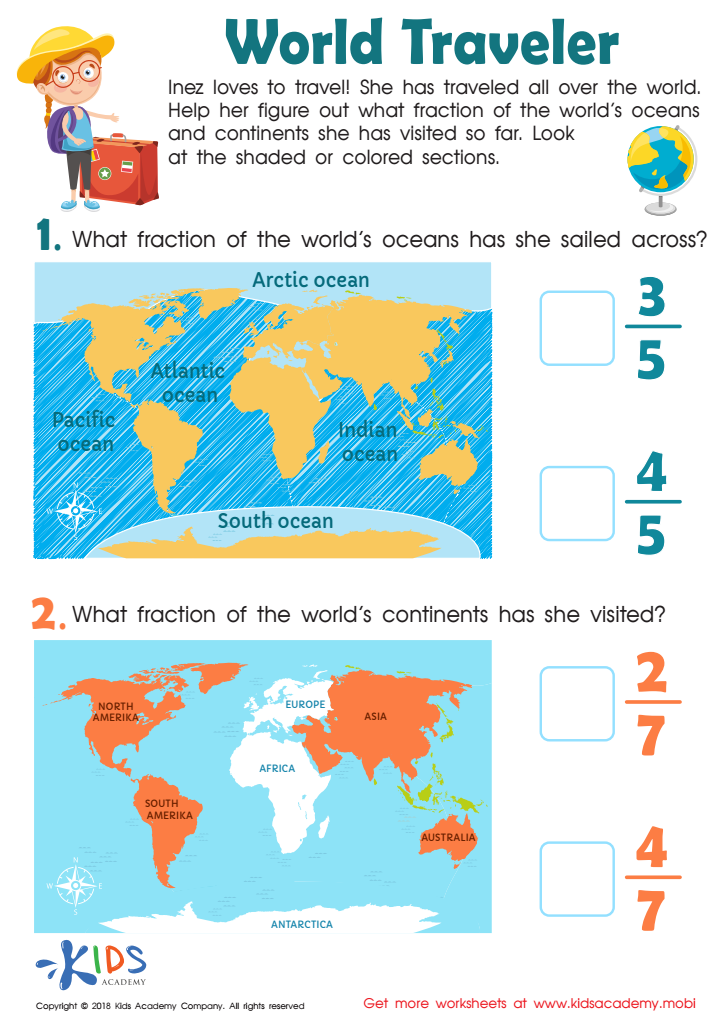Map reading skills Worksheets for 9-Year-Olds
5 filtered results
-
From - To
Enhance your 9-year-old's map reading skills with our engaging worksheets! Designed to make learning fun and interactive, these resources help children understand essential map concepts, such as symbols, distances, and directions. Each worksheet features age-appropriate challenges, promoting critical thinking and spatial awareness. Your child will deepen their geographical knowledge while developing essential skills like interpreting various types of maps and using a legend. With colorful illustrations, relatable scenarios, and clear instructions, these worksheets transform map reading into an enjoyable adventure. Perfect for classroom use or at-home learning, our map reading skills worksheets will ensure your 9-year-old confidently navigates the world around them!


Amusement Park Word Problems Worksheet


Early Colonies Area Worksheet


Rounding on the National Mall Worksheet


Arizona Coloring Page Worksheet


World Traveler Worksheet
Map reading skills are crucial for 9-year-olds as they enhance critical thinking and spatial awareness, which are essential components of cognitive development. At this age, children are learning to understand their environment more deeply, and map reading encourages them to analyze, interpret, and visualize information in a two-dimensional format. This skill facilitates the development of directionality, scales, and symbols—concepts that apply beyond geography and into math and science.
Moreover, proficient map reading fosters independence and problem-solving abilities. As children navigate their local surroundings, learning how to read maps aids them in making informed decisions, understanding distances, and comprehensively grasping visual representations of space. These skills can increase children's confidence in real-world situations, such as traveling or participating in outdoor activities.
From a social perspective, map reading can provide opportunities for interactive learning experiences. Parents and teachers can engage children in family outings or group projects that require navigation, which encourages teamwork and enhances communication skills. By valuing map reading, parents and teachers ensure children are not just passive consumers of information but active participants in their learning process, equipping them with the essential skills to thrive academically and in everyday life.
 Assign to My Students
Assign to My Students















